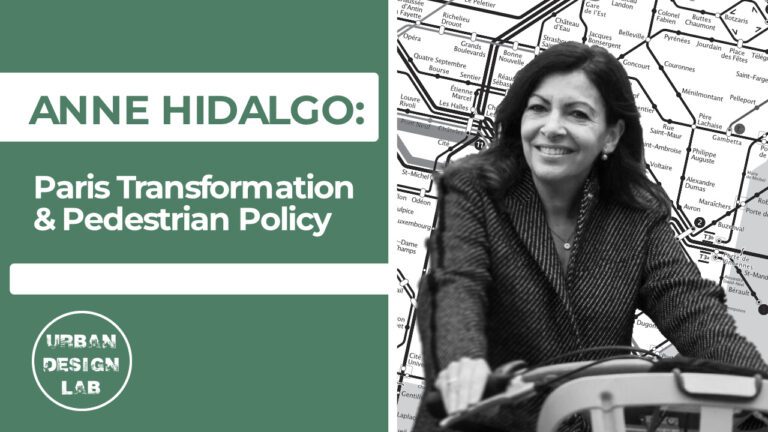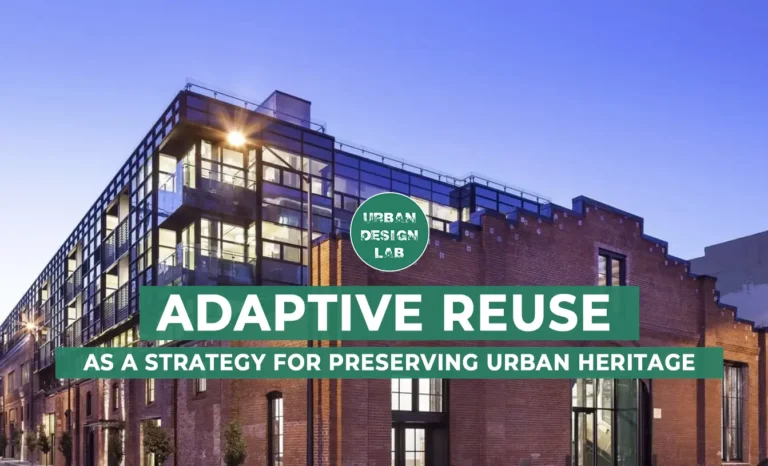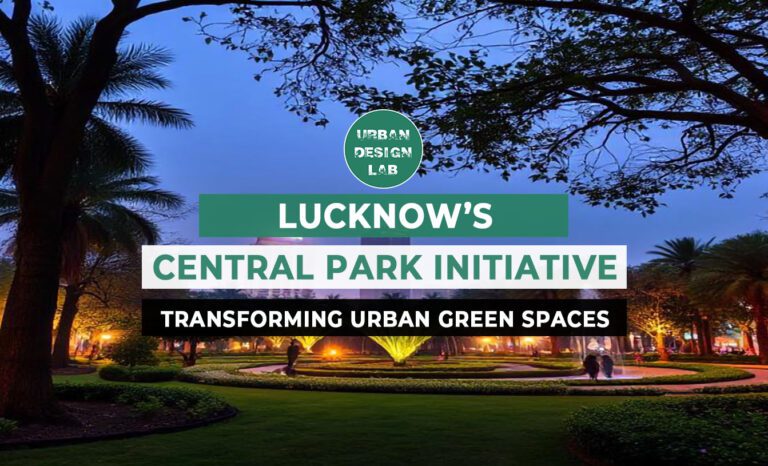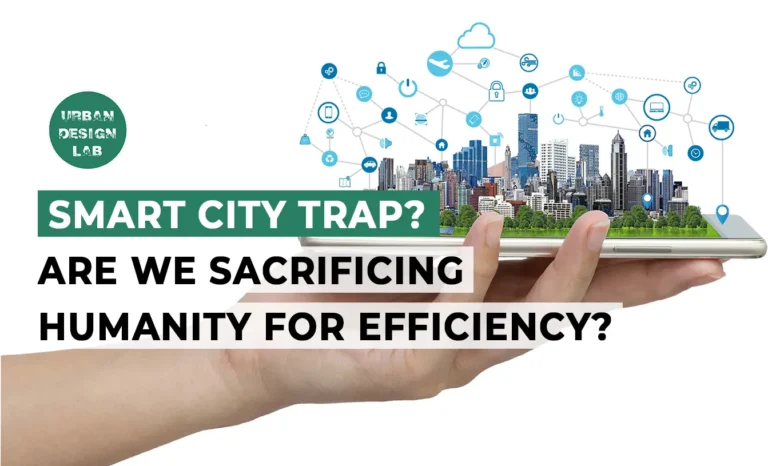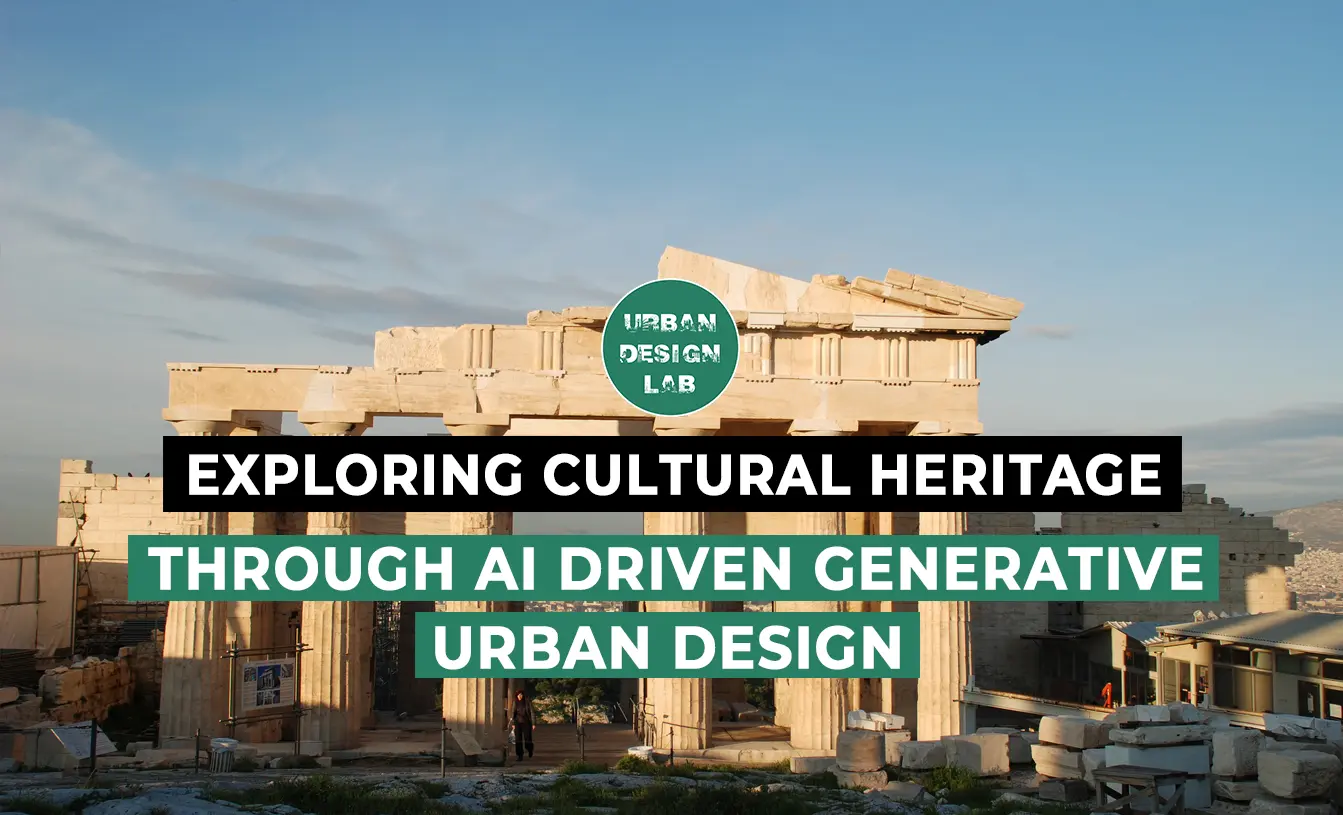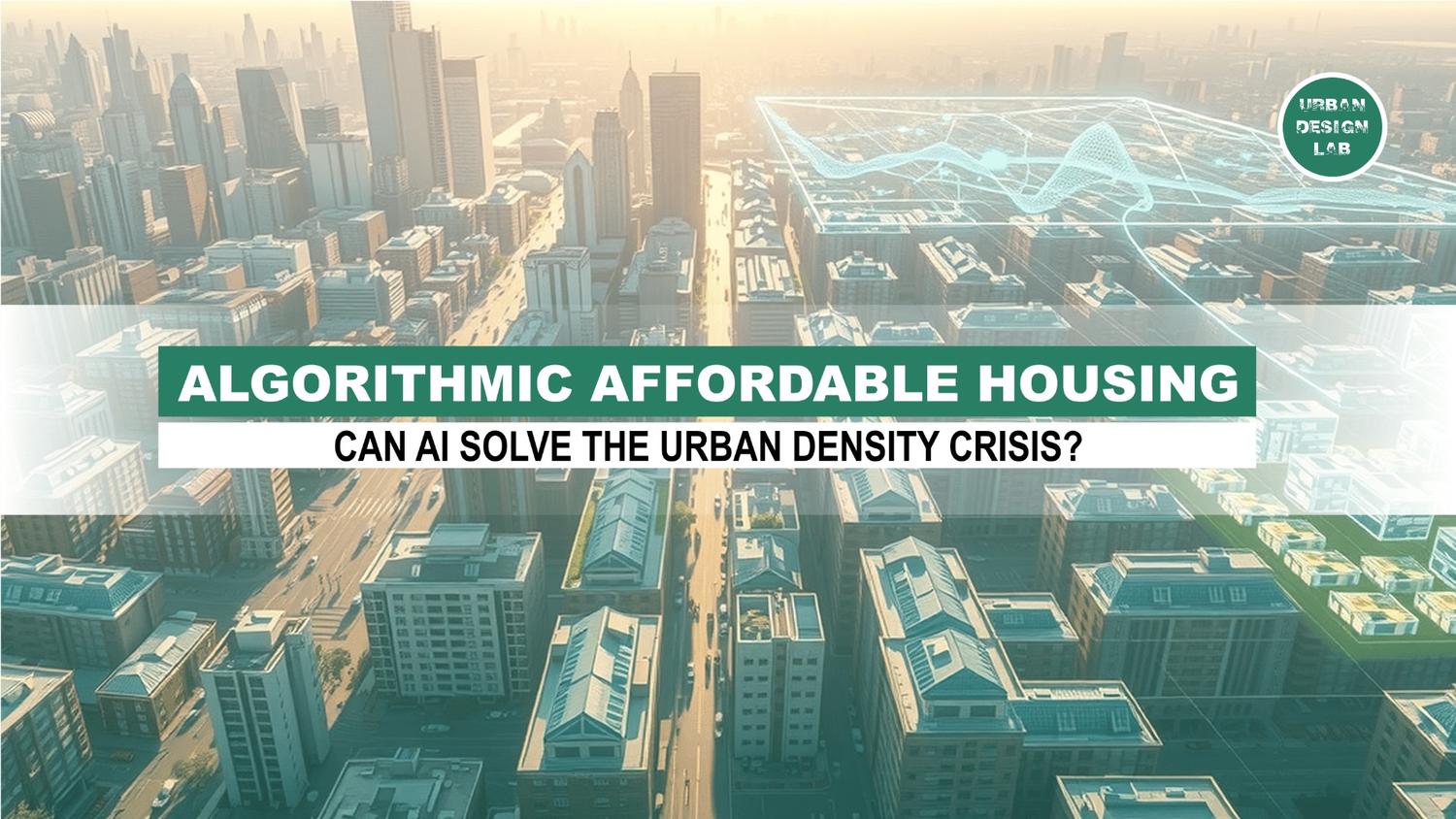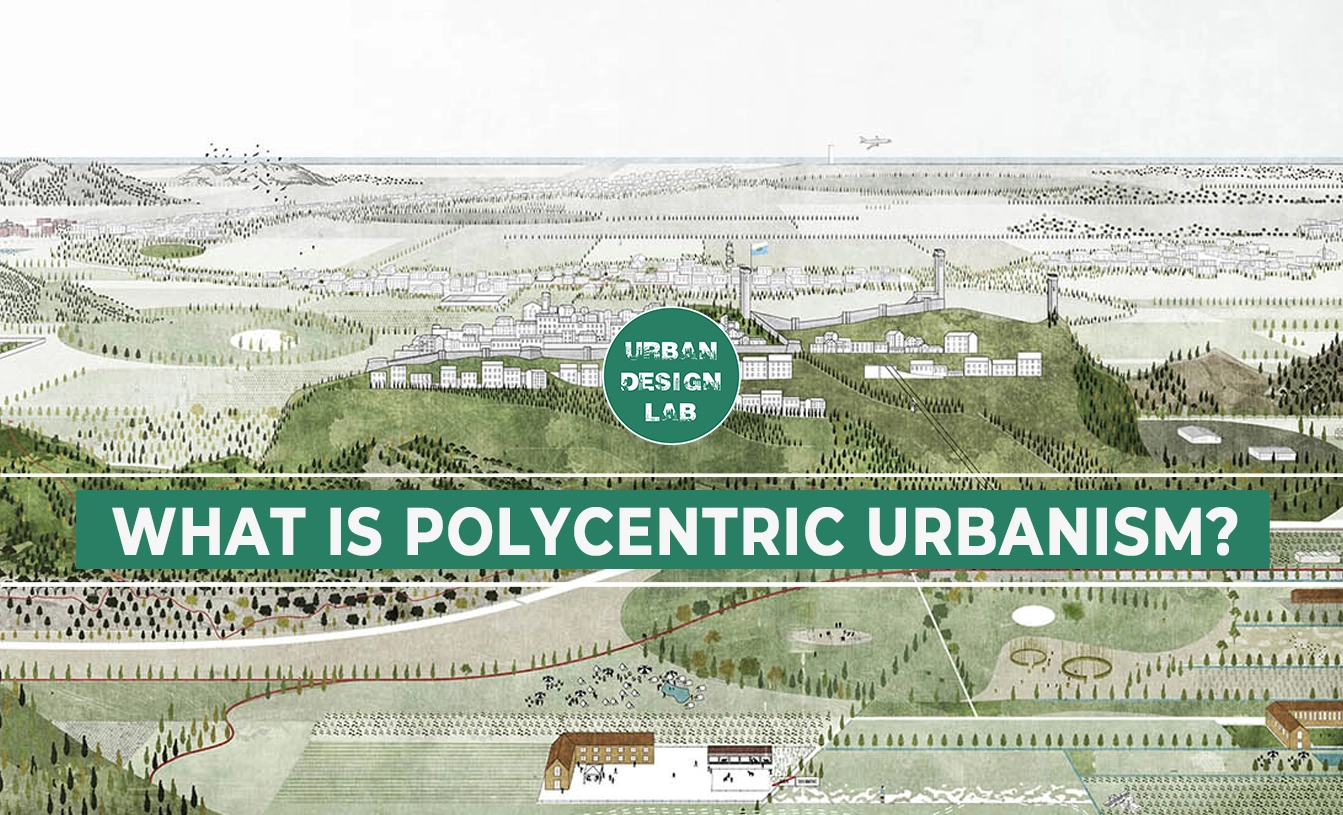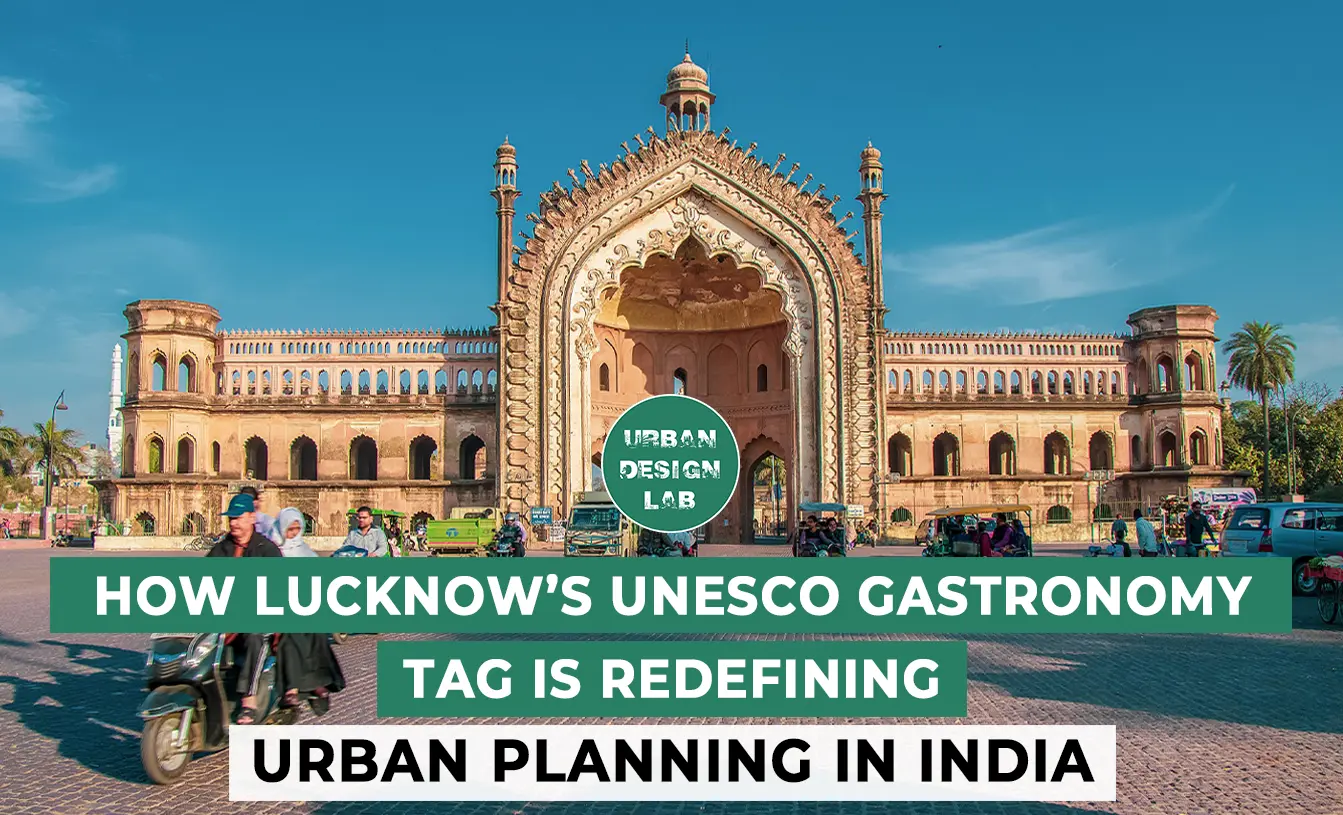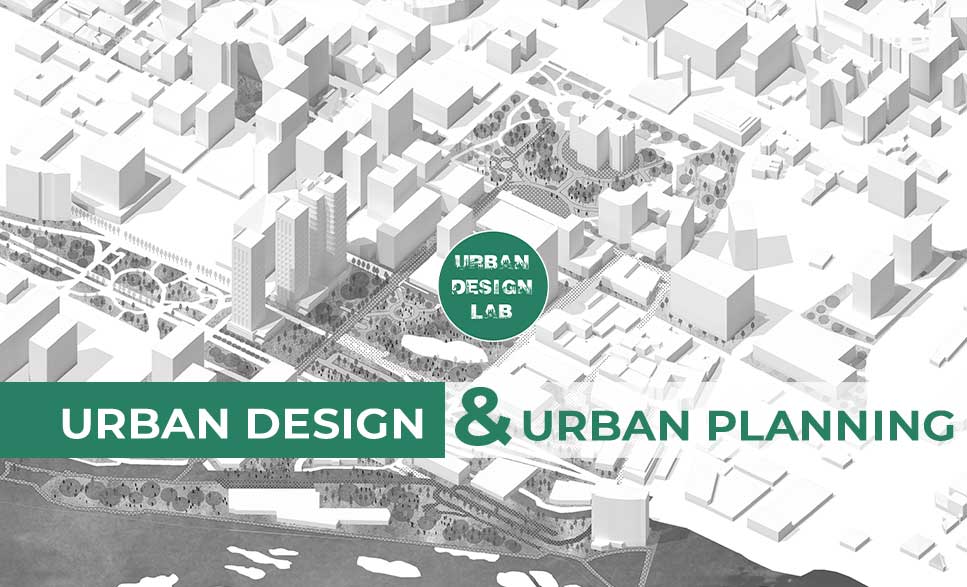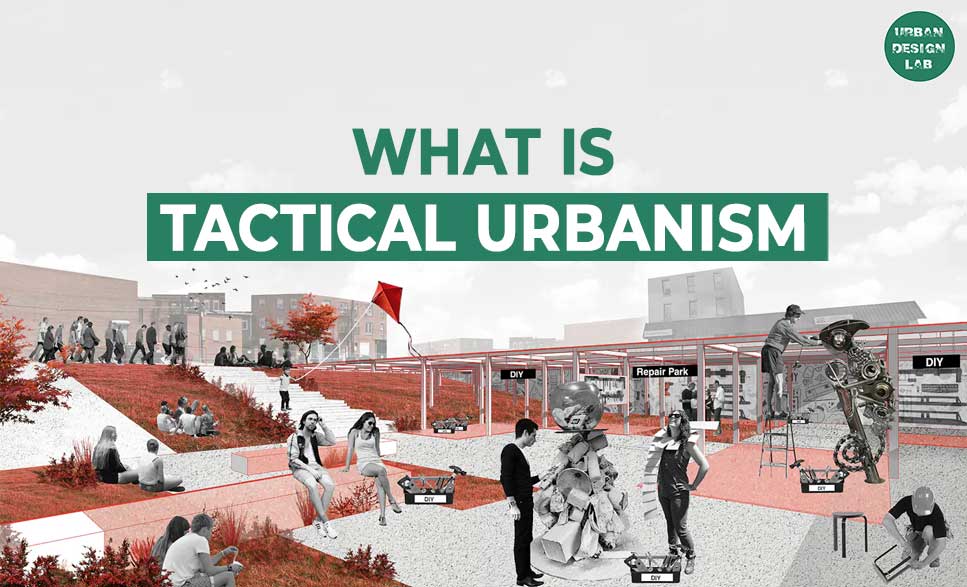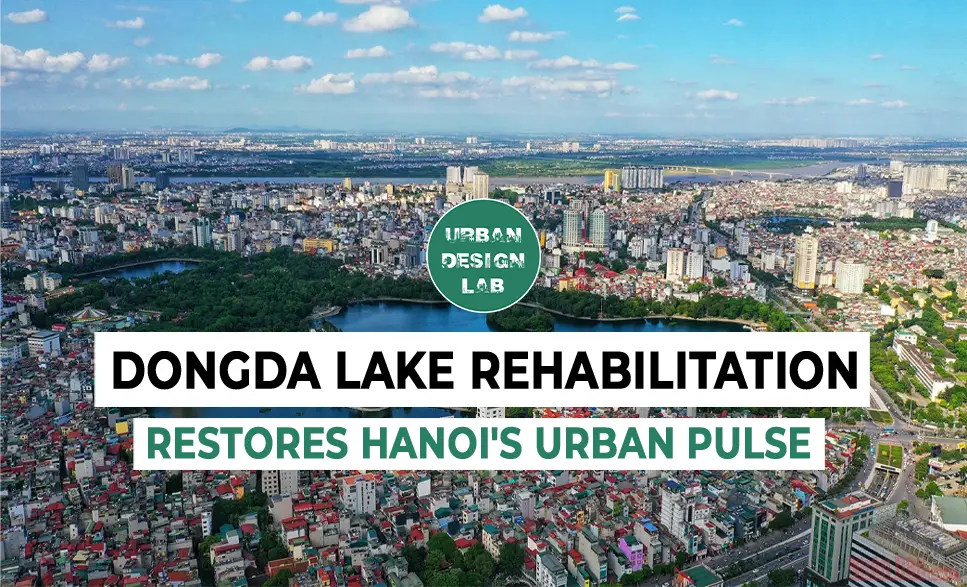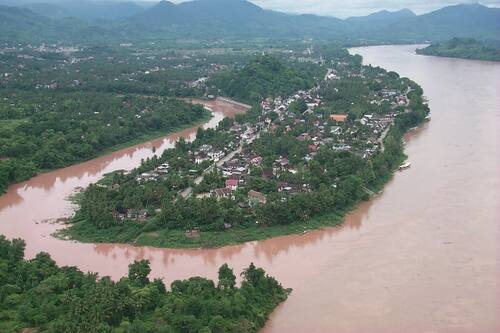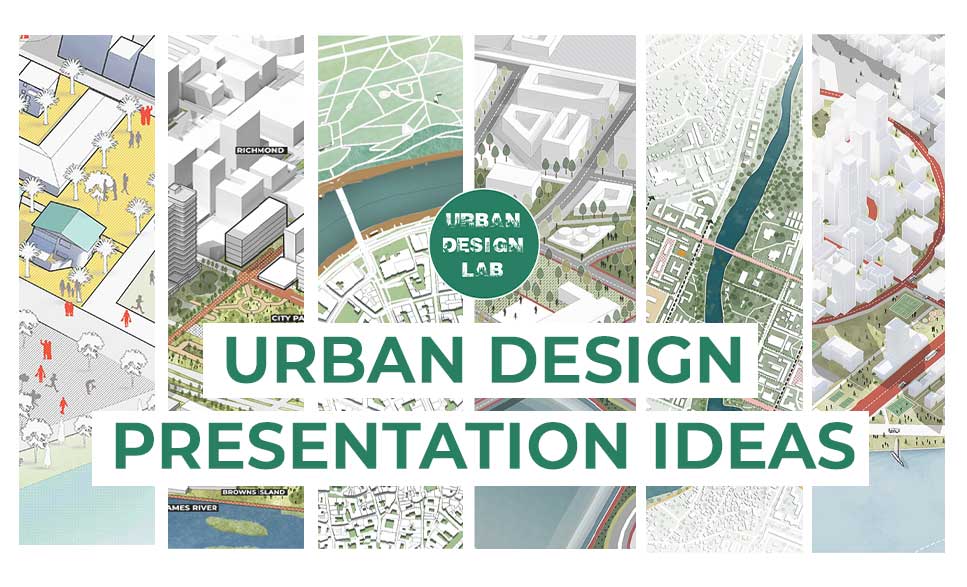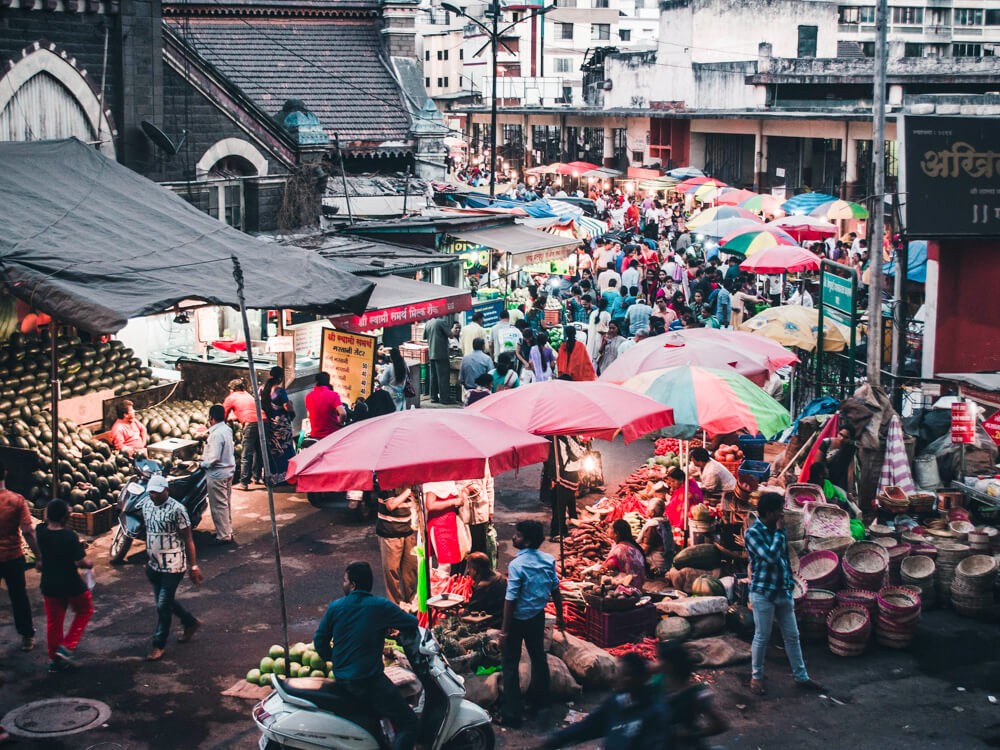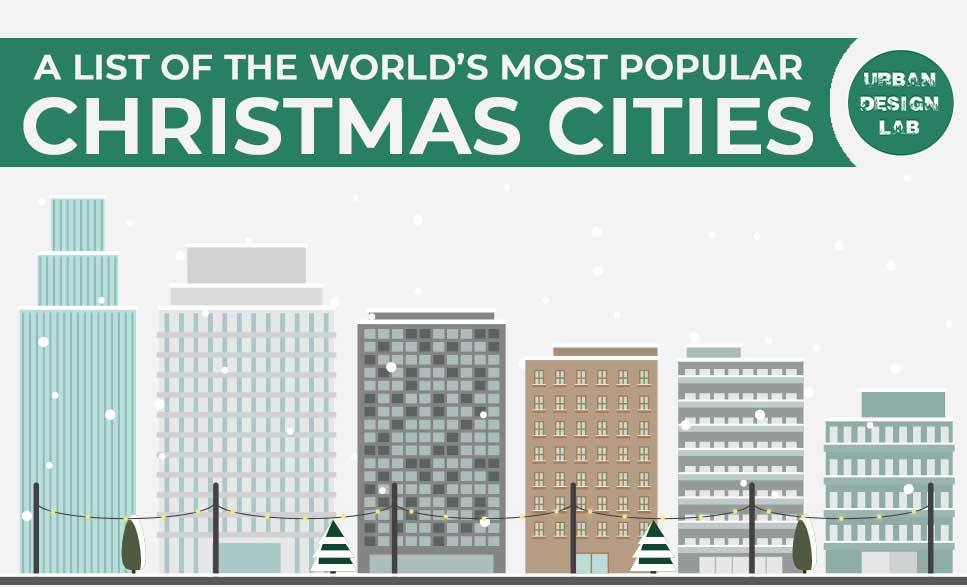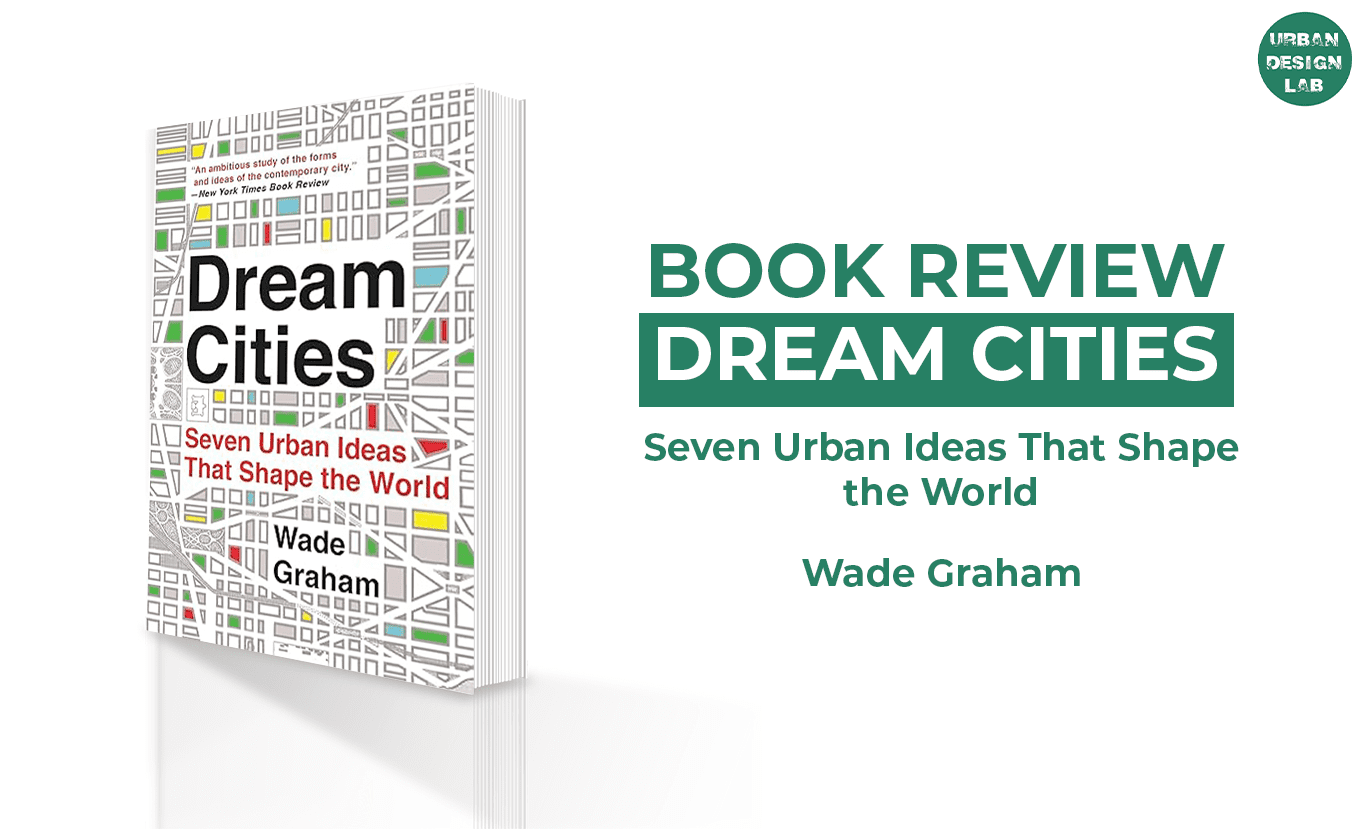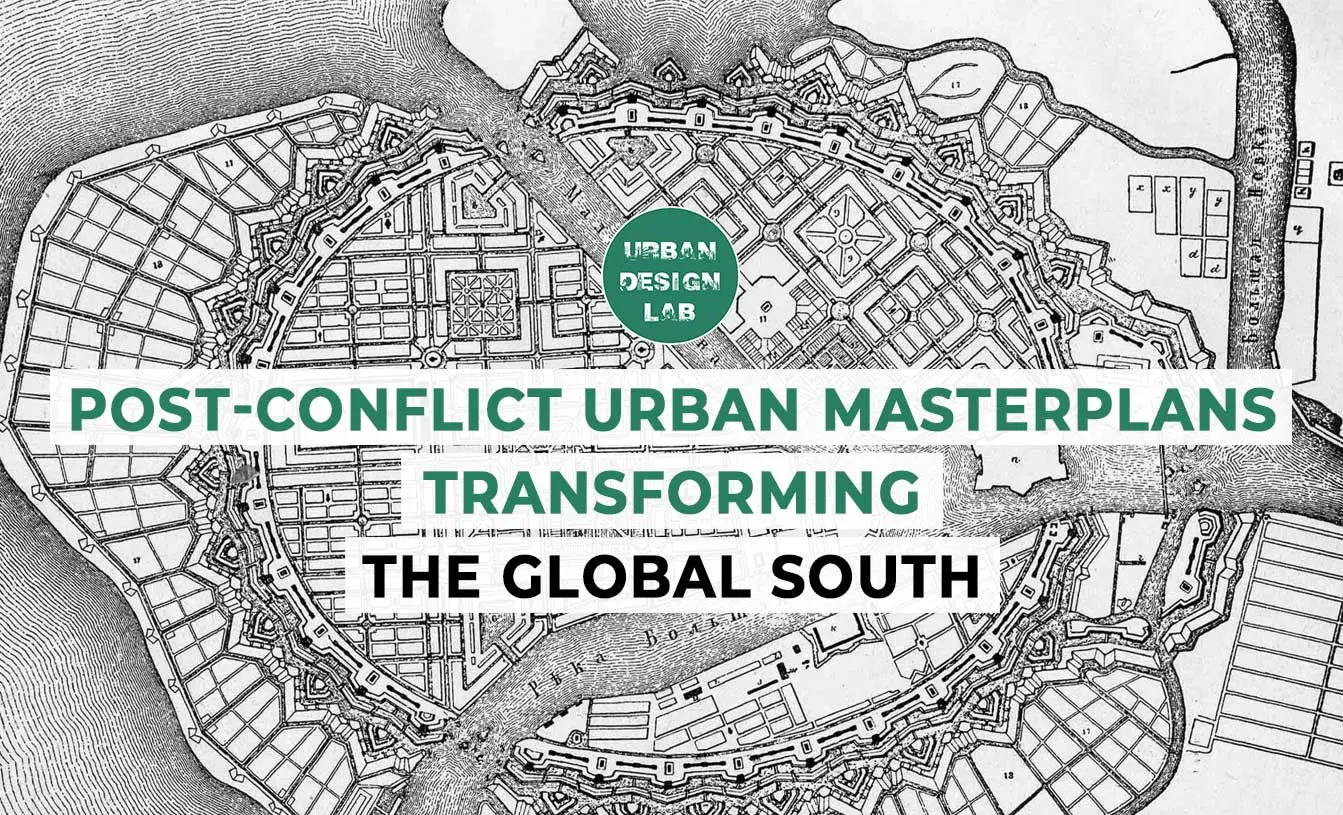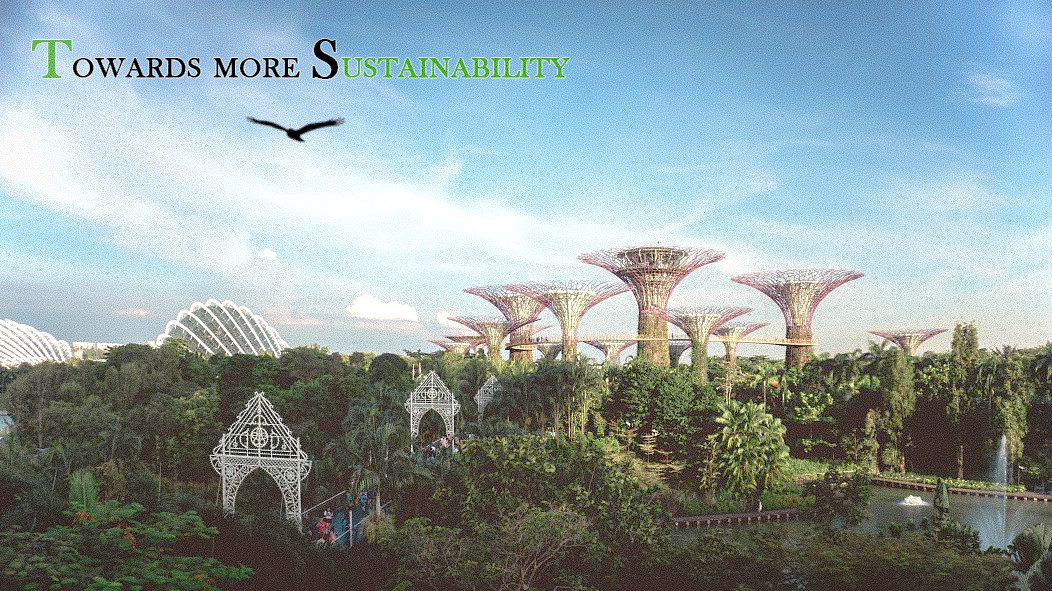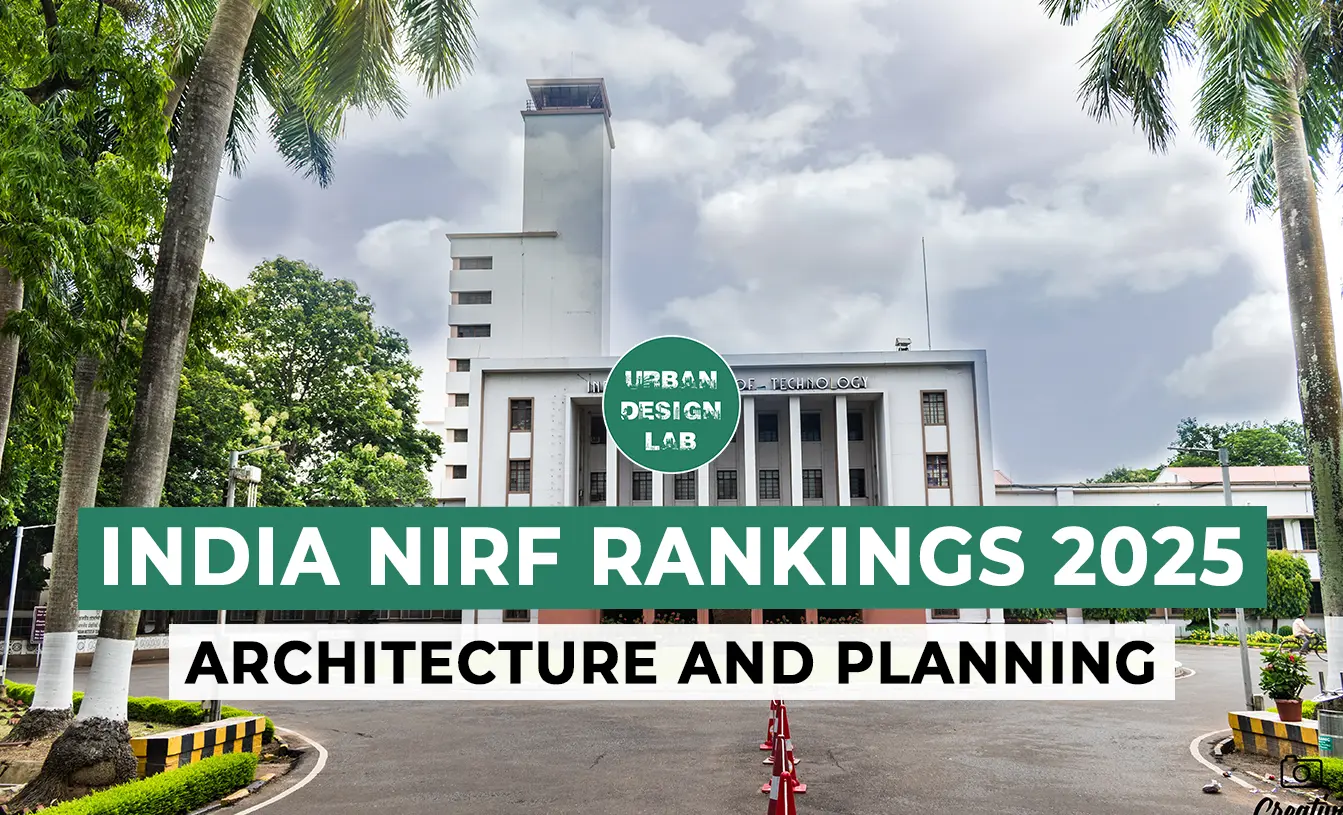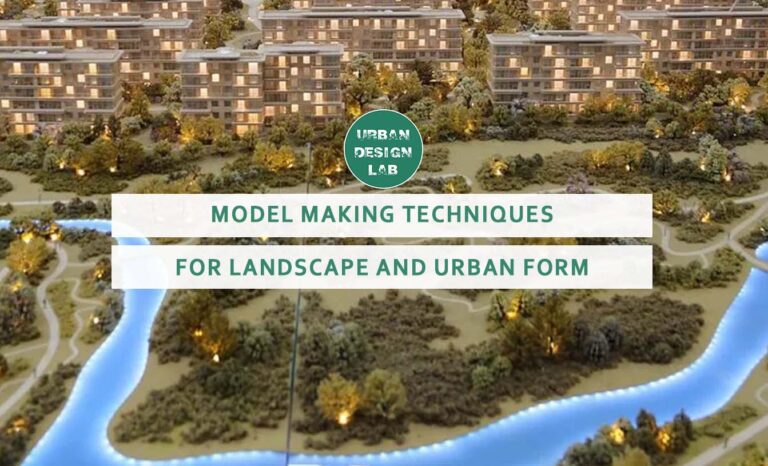
Revitalizing Bhendi Bazaar: Transforming Mumbai’s Congested Heart
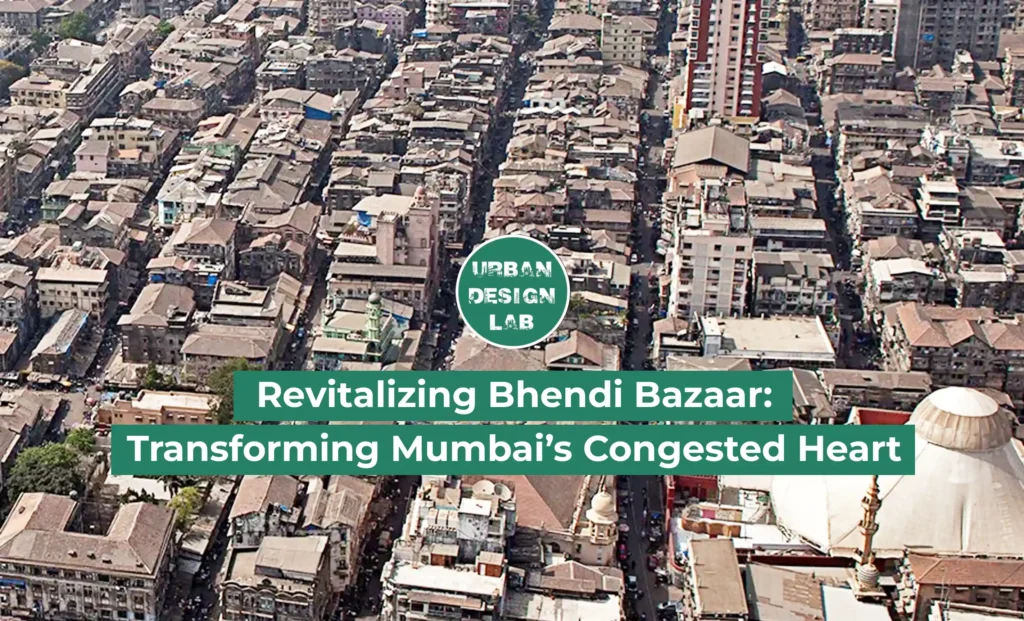
A major change in Bhendi bazaar was initiated by the Saifee Burhani Upliftment Trust’s (SBUT) redevelopment project. Initially developed as a hostel for unmarried men, it became a buzzing neighborhood. But over time, the area deteriorated alarmingly with more than 80% of its buildings marked dangerous by the Maharashtra Housing and Area Development Authority.
In 2009 SBUT set on a journey to revive Bhendi bazaar focusing on the residents’ needs and culture.
- Modern varied sized flats with private facilities have replaced the old ones that were congested.
- Ensuring sustainability, the project has seen over 700 indigenous trees planted, solar lighting installed as well as high tech waste and water management systems set up.
- Security and infrastructural development; roads are being expanded from 7M to 18M wide while including modern safety elements.
- Mixed development
Phase one called Al-Sa’adah which was concluded in 2020 now accommodates 610 families and 128 businesses greatly improving standards of living for its residents. Next phase is going on.
Overall, Bhendi bazaar will serve as an instance of eco-friendly urban growth.
A Glimpse into Bhendi Bazaar’s Past
Bhendi Bazaar, located close to the lively Crawford Market of Mumbai, spread over an area of 16.5 acres. It established initially as a small settlement for single men seeking trade and commercial activities, it was later transformed with names such as ‘Behind the Bazaar’. Buildings designed like dormitories or ‘chawls’ characterized the area with large blocks having rooms or living spaces occupied by several individuals.
As local businesses flourished, families started relocating to Bhendi Bazar thus creating an intimate and youthful community. Nonetheless, this development came at a cost since it collided with deep-seated problems.
ISSUES
- Over time, many structures collapsed giving in to urban decay hence more than 80 percent of them were considered worthless by the Maharashtra Housing and Area Development Authority.
- Moreover, rooms occupied were tiny reaching less than 300sqft.
- Common facilities lacked adequate sanitation measures and security requirements.
- Flooded roads.
CHALLENGES
- Shoddy disposal system of garbage
- Absence of quick response route because of very slim paths congested with people.
- Bad quality of life, bad health etc.
- Congestion
The above would indicate that there was an urgent necessity for holistic reconfiguration plan addressing all causal aspects rather than just treating symptoms.
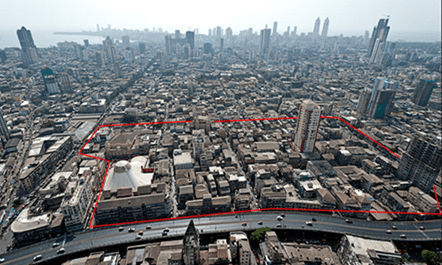
Living Conditions: A Struggle for Basic Amenities
Living conditions of Bhendi Bazaar has become worst.
- Worst to a point that people in compulsion living in less than 300 sq. ft. of accommodation. These quarters were usually cramped and sometimes had multiple family members sharing them thereby compounding the lack of privacy and comfort.
- There were little or no facilities such as clean toilets, no waste management systems in place which made waste disposal very difficult.
- Every day, residents had to walk through narrow, congested paths that made it hard for them to move around and put their lives in danger during an emergency situation.
- Difficult for people to live under overcrowded conditions and poor maintenance.
- Due to the high density in this area, there was hardly any access to inner lanes by emergency services hence necessitating redevelopment aimed at ensuring safety of residents.
- No safety and security to people.
- Flooded roads in monsoon.
- Water cuts and no electricity is one of the major concern .
- Very congested and narrow lanes make it difficult for the accessibility.
All these factor or issues made the neighbourhoods inhabitable.
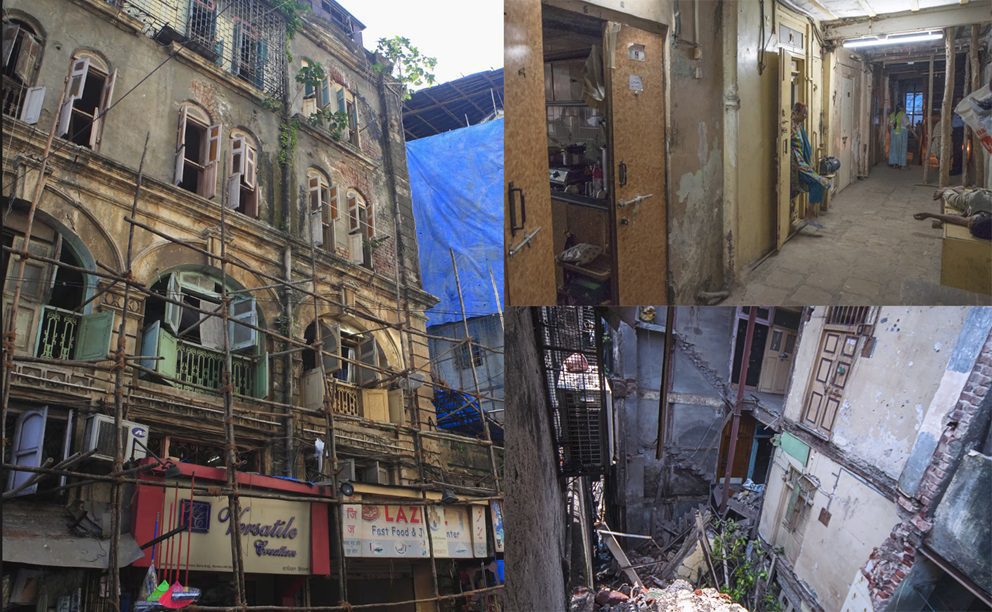
Source: Website Link
The Saifee Burhani Upliftment Trust Redevelopment Initiative
To tackle the issues/ problems, the Saifee Burhani Upliftment Trust (SBUT) launched a transformative redevelopment project in 2009.
Idea – To enhance the living conditions while considering the socio-cultural fabric of Bhendi Bazaar.
There were plans to change abandoned structures with contemporary and sustainable buildings that met the needs of their residents.
MAIN FOCUS
- Human waste management where everyone should have a private toilet; thus addressing one major sanitation issue.
- Environmentally friendly design– This entailed placing buildings in such a manner that there would be natural light and ventilation, hence reducing usage of artificial lights and air conditioning systems.
How environmental sustainability has been achieved?
- As part of its redevelopment plan over 700 indigenous trees were replanted because they consume less water and thrive better in that area. These steps will improve both residential aesthetics and air quality in general.
- Using rooftop solar panels, common areas are powered leading to reduction in burden to local electricity distribution system.
- At the same time, through vertical garbage chutes and organic waste converters, new waste management scheme was incorporated etc,.
All these initiative helps while considering environmental sustainability.
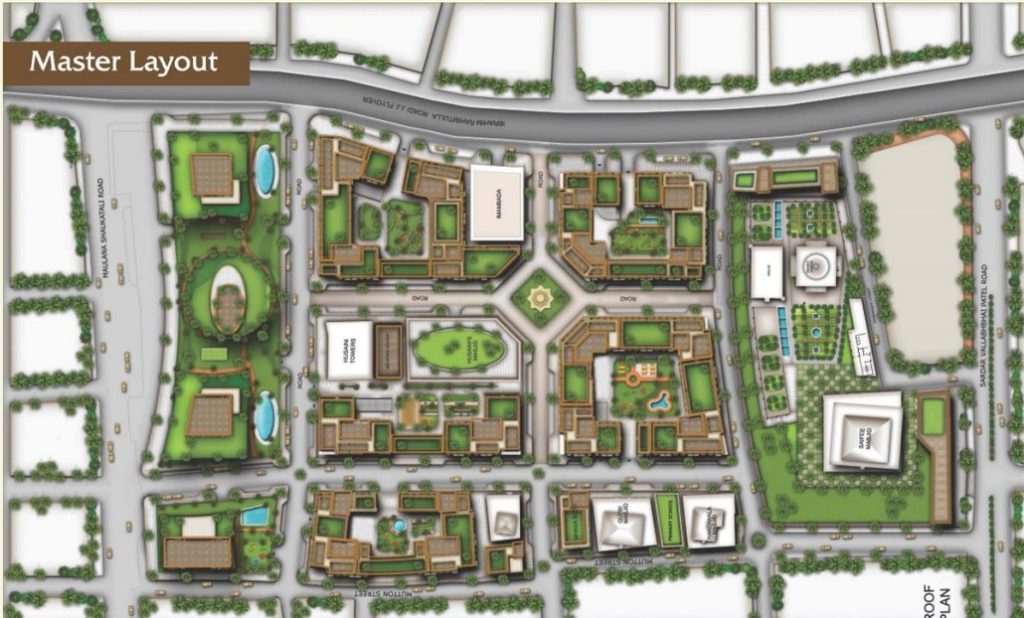
Sustainable Practices: A New Era for Bhendi Bazaar
It is a role model for modern urban sustainability. It brings together a number of innovative practices oriented toward making a healthier and more resource-efficient living environment.
Various Sustainable practices involved –
- From making space for greenery to efficient use of resources, the project incorporates a variety of sustainable practices working in coordination to reduce the ecological footprint while bettering the quality of life of the residents.
- In this redevelopment, more than 700 trees have been planted that are of native varieties, thus having good adaptability to the local climate and will reduce the heat island effect.
- Rooftop solar lighting for powering common areas significantly reduces the load on the local electricity grid and promotes the use of renewable energy.
- An inclusion of STP makes provision for water to be re-used as treated water flushed out of toilets and irrigation in a landscape. This approach conserves precious water resources and reduces the environmental footprint of the development.
- Moreover, installed vertical garbage chutes that serve well in collecting organic and inorganic wastes. Organic waste turns for composting into landscaping; non-organic wastes get separation and are sent for recycling.
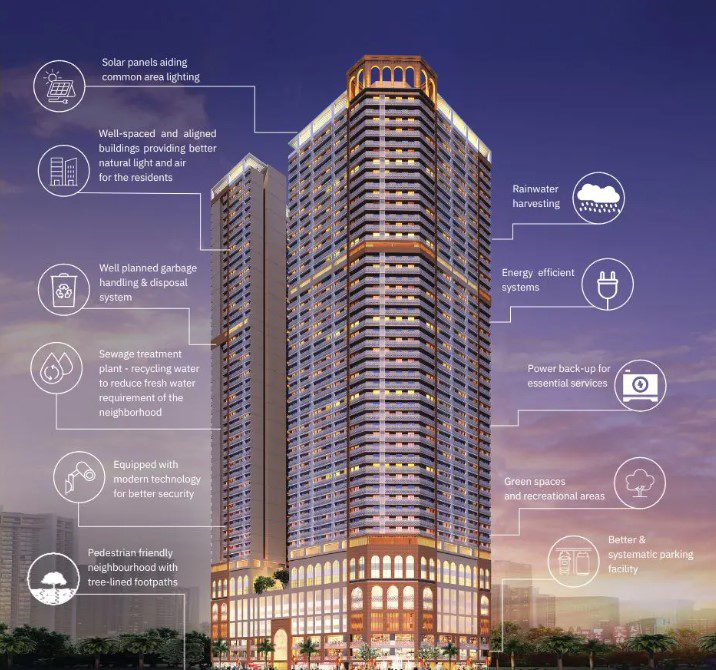
Enhancing Safety and Infrastructure
The Bhendi Bazaar redevelopment project has kept a stern focus on the betterment of safety parameters and infrastructure, alleviating most of the flaws that made this area a pain in the past.
Major enhancements-
- Increase in living space, wherein the new residential apartments boast a minimum carpet area of 375 square feet against the cramped 300 square feet unit in old buildings. The additional space available also contributes to a better quality of life.
- Focus on safety, hence installed CCTV cameras, fire alarms, and gas detectors, heat detectors, and fire chutes, providing a safer living environment and people are at peace.
- Infrastructural improvement like, widening roads to 18 meters by adding pedestrian-friendly footpaths, walkways, and cultural shops to rejuvenate Bhendi Bazaar’s commercial identity.
- Inclusion within the design of popular antique markets and eateries is supposed to bring back some of the old charm and charisma of the area.
- An on-site transit facility for commercial tenants enables businesses to suffer only a minimum amount of disturbance during construction and thus allows the retention of economic activity.
It is such comprehensive improvements that reflect a commitment to creating a safe, functional, and thriving community.
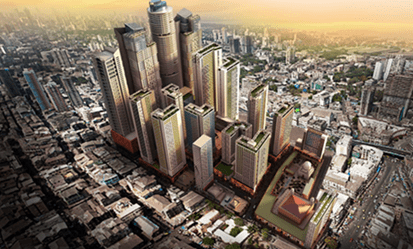
Current Status and Community Impact
Bhendi Bazaar redevelopment has been excellently done in its phases.
In first phase, Al-Sa’adah, in 2020 – For 610 families it was able to provide modern living spaces while accommodating 128 businesses which heavily improved earlier conditions. It is anticipated that this ongoing redevelopment will also enable more benefits during the second and third phases.
One of its greatest impacts on environment is arguably community spirit. Community gardens and play areas have been included in this new design thus bringing social life to them. A typical sight during evenings would involve some aged people seated outside these community spaces bonding each other as they share stories among themselves and enjoy their meals on benches or just visit these places for relaxation while children play safely in their well-kept playgrounds.
This bond indicates that the project has not only improved the physical fabric but also created a stronger more cohesive society.
Therefore, this transformation represents a qualitative leap in terms of both housing standards and quality of life by combining the past with future city development. By contrast, therefore sustainable practices can work alongside historical preservation which produces important lessons for urban renewal projects in future.
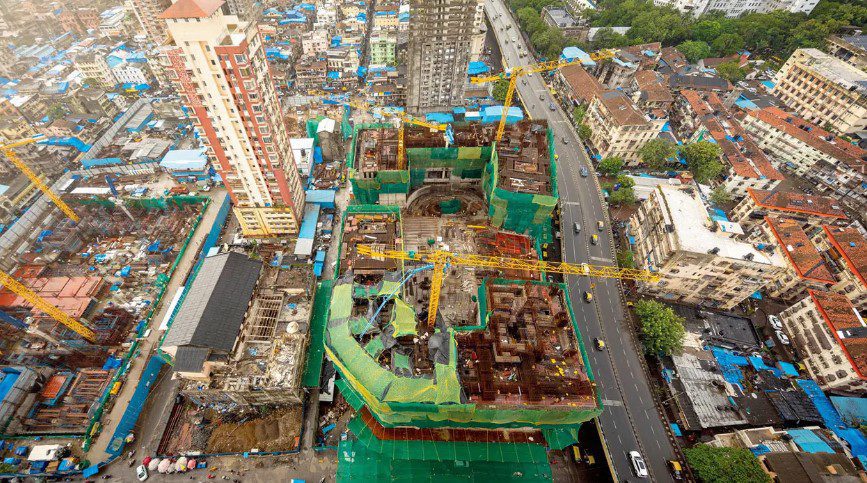
Conclusion
Redevelopment of Bhendi Bazaar depict an extraordinary passage from deterioration to revival. What used to be a densely populated and limited space with serious infrastructural challenges is transitioning into a trendy, sustainable neighborhood.
In contrast to the earlier common conveniences, today Bhendi Bazaar boasts of roomy, exquisitely designed apartments equipped with private amenities; thanks to Saifee Burhani Upliftment Trust’s initiative.
The project has planted local trees, put in place solar lights and engaged in better water organization among other activities showing its commitment to sustainability.
Programmes aimed at security and development of infrastructures such as are responsible for quality of life improvements for the inhabitants.
This re-development also intends to revive commercial life in Bhendi Bazaar by incorporating shops and food centers reflecting local culture, thus restoring the vibrant community identity of the area.
A role model for successful city renewal, this new Bhendi Bazaar is changing its heritage while adopting modern sustainable habits. The transformation occurs not just in terms of living conditions but it brings about stronger sense of belonging amongst people turning to it as their place thus Bhendi Bazaar becomes an emblem of hope and regeneration in urban growth.
References
- (Mandal and Byrd, 2012)Aggarwal, S. (2022) ‘3e743478-4e32-4479-a953-ac56a67be395.pdf’.
- Mandal, A. and Byrd, H. (2012) ‘Intensification and Urban Metabolism – Analyzing Current Trends for Mumbai’, (December), pp. 4–5.
- SBUT (2015) ‘SBUT_Presenation_for_Amrut_&_Smart_Cities.pdf’, Bhendi Bazaar Redevelopment Project, Mumbai [Preprint].
- MCGM. (2007). Developemnt Control Regulations for Greater Bombay,1991. Mumbai: Government Central Press.
- MMRDA Planning Team. (1996 – 2011). Regional Plan for Mumbai Metropolitan Region. Mumbai: MMRDA Retrieved from http://www.regionalplan-mmrda.org/.
- Network, T. N. (2010, 13 February). Make It a Priority. Times of India.
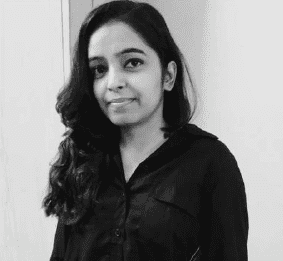
Meena Saini
About the Author
Meena is a dedicated architect and urban planner celebrated for her innovative and sustainable design approach. A young professional, she combines technical expertise with imagination and inquisitiveness. Known for her transparency and adaptability, Meena offers creative, unconventional solutions to urban challenges. Her modesty belies a fast learner committed to excellence. Focused on enhancing urban environments through thoughtful, sustainable design, Meena is dedicated to making a significant impact in her field.
Related articles
UDL Illustrator
Masterclass
Visualising Urban and Architecture Diagrams
Session Dates
17th-18th January 2026

Urban Design Lab
Be the part of our Network
Stay updated on workshops, design tools, and calls for collaboration
Curating the best graduate thesis project globally!

Free E-Book
From thesis to Portfolio
A Guide to Convert Academic Work into a Professional Portfolio”
Recent Posts
- Article Posted:
- Article Posted:
- Article Posted:
- Article Posted:
- Article Posted:
- Article Posted:
- Article Posted:
- Article Posted:
- Article Posted:
- Article Posted:
- Article Posted:
- Article Posted:
Sign up for our Newsletter
“Let’s explore the new avenues of Urban environment together “


